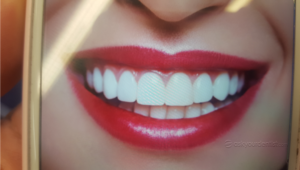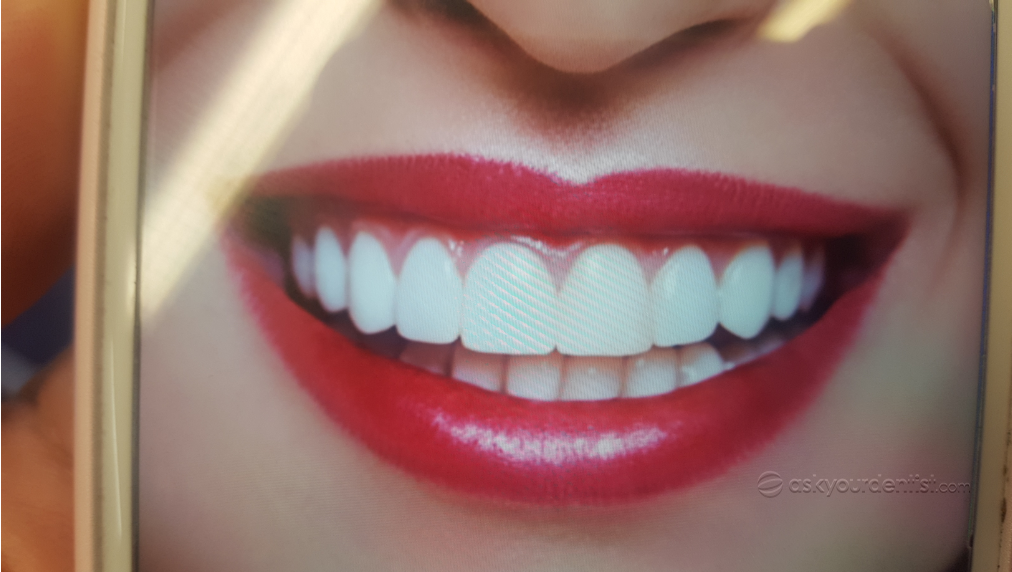When it comes to our smile, we most likely know exactly what we want. Each and every one of us has attached a certain importance to how much our smile means to us.
In my daily practice I see many patients who come for routine examinations with teeth in the front that have mismatching crowns or fillings, and sometimes discoloured cracks going along the whole tooth. These patients don’t seem bothered about it.
I am of this opinion that if the patient is happy with their smile the way it is, then don’t encourage them to change a thing.
Sometimes though, when I know that with a small effort I can change that mismatching discoloured filling in the front tooth, I can’t help it. I do ask the patient a leading question like: how old is this filling? If the patient has had any thoughts themselves about it and maybe deep inside wanted to change the filling with a matching colour, then they would weather their thoughts and this conversation might lead to a simple treatment that will change the patient’s smile towards the better.
Of course beauty is in the eye of the beholder.
I can get a patient with a beautiful smile already, but in their eyes there is something missing. It could be that they want their teeth squarer, lighter, with less space between them, longer or shorter.
And what the dentist defines as a beautiful smile is not the same as what the patient defines as a beautiful smile.
Here, the dentist has to understand completely what picture the patient has in their mind. Unless you know what the patient wants, you will not be able to deliver that picture.
A picture tells a thousand words
I usually ask the patient if they have a picture of a smile they would like me to emulate. And many times the patient already has a picture on their mobile phone that they take out to show me.

The picture is now the common denominator between the patient and the dentist. It is the tool that will help the dentist understand what the patient has in mind and the expectations that this patient has. This will also help the dentist decide whether he/she can deliver these smile expectations.
It is important to know one’s limitations. If I cannot deliver the expected results, it is important to explain to the patient that the smile they want is not easy to achieve. In that case, the patient has to lower their expectations or to see another dentist who may have the expertise to deliver what the patient wants.
So when it comes to changing one of the most important features of the face, it is important to spend time on understanding the (outcome) common goal. And to know whether that is achievable or not, without trying to guess the changes required. Because most likely, guessing will lead to big disappointment for both the patient and the dentist.
